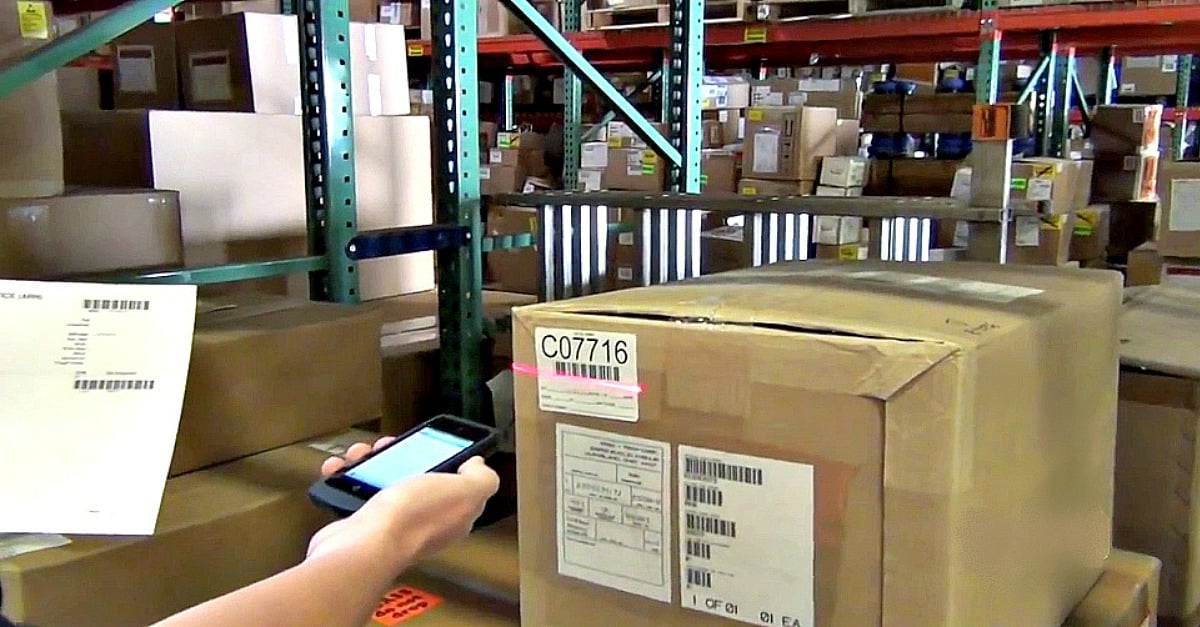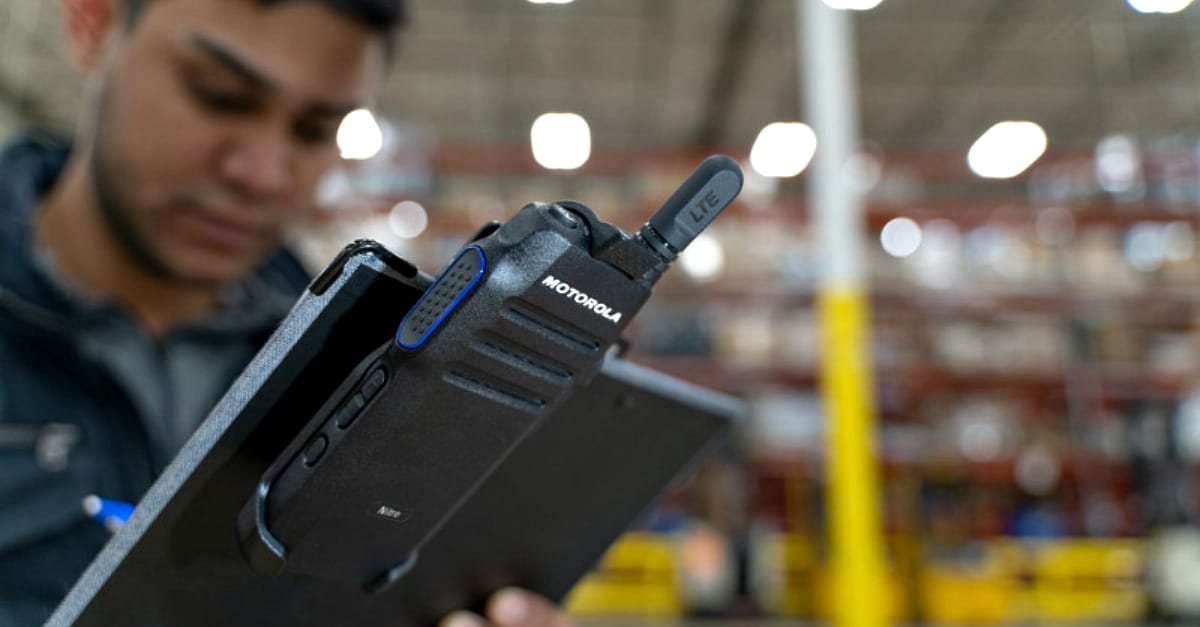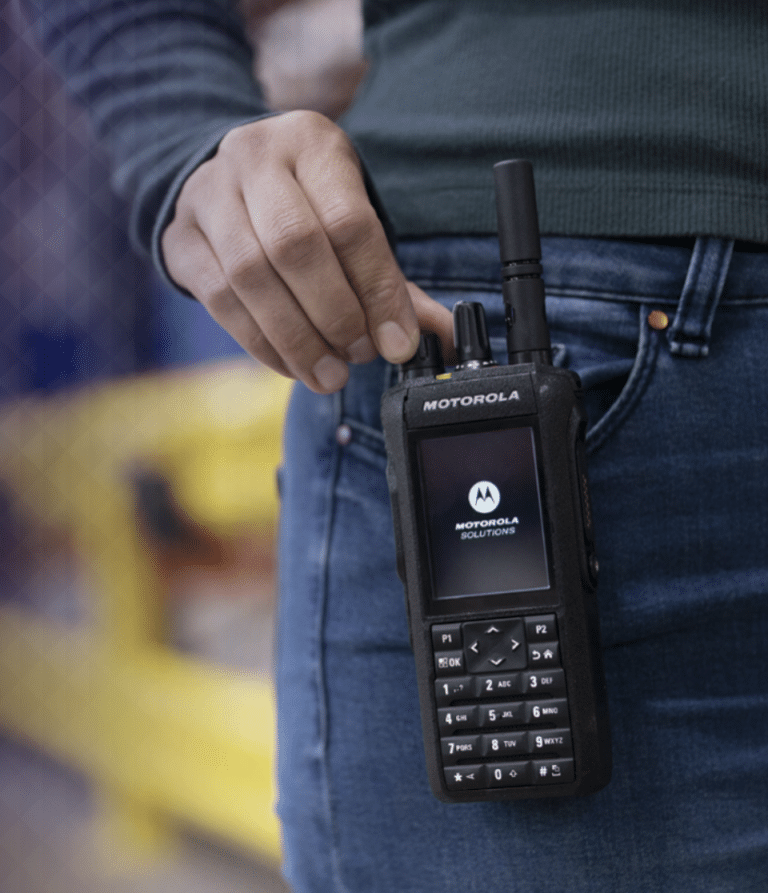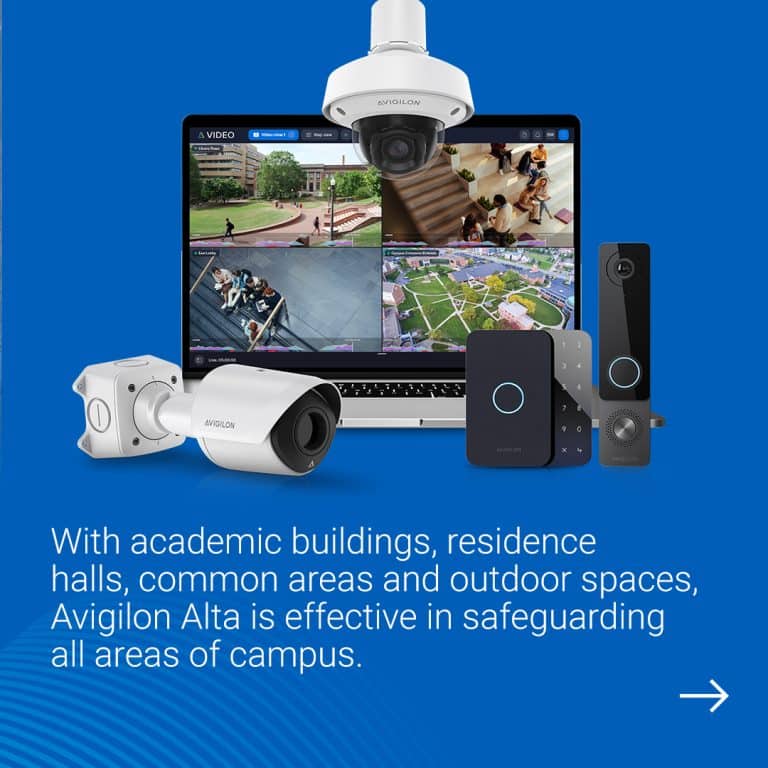As if the fulfillment and distribution industry wasn’t already heating up enough, the coronavirus pandemic has shot it into the stratosphere. Moving more products faster is the name of the game and even world-class distribution centers in the Kansas City area are now pushing capacity.
“This is about as big as it gets for e-commerce,” says Mike Markham, Commenco’s Director of Technology Solutions. “It’s a boon on every level.”
A nation of hundreds of millions trapped at home and turning to online shopping is challenging distribution centers like never before. Even the largest, most well-equipped facilities in Kansas City are nervous about the onslaught of orders and that has Commenco’s phone ringing at a time when many other businesses are shuttered.
“We’re busy,” says Markham. “We’re getting calls from distribution centers looking for ways to make their operations run faster and more efficiently. They know technology is the only way.”

Markham is an especially valuable source of information and guidance. He understands the big picture for distribution centers and channels decades of experience into advice that’s as good as gold at a time of high-anxiety. These days he finds himself routinely pairing new customers with Commenco software partners based on specific needs and then following up with matching hardware ranging from barcode scanners and two-way radios to surveillance cameras.
“There are no quick fixes for distribution centers,” explains Markham. “You’ve got to nail down a complete solution. Sometimes either a software or a hardware enhancement alone will make a difference, but typically it’s a combination of the two. Everything is tightly connected in a distribution center.”
Advice from experts like Markham and specialized firms like Commenco, plus a lot of planning over the years has positioned Kansas City’s growing distribution center community directly on the cutting edge. Multiple national players already on the scene and newcomers just now starting to build their operations make KC a rising star in an exploding industry. Markham says we’ve become a symbol of how to do it right.
“Our local fulfillment and distribution center community is top tier. It’s so impressive to see massive centers popping up around the metro. We’re as competitive as any other area of the U.S.”
Markham also credits economic leaders and organizations who have been champions of our area’s perfectly central geographical location and logistical advantages as valuable opportunities for national and international trade chains. He singles out KC SmartPort as especially impactful in its longtime push to make our area a powerful logistics hub.
“Kansas City has so much to feel good about now. KC SmartPort has played a big part in that. I have a lot of respect for the way their leadership has worked so hard for so long to help our community step up and make the most of opportunities like the Greater Kansas City Foreign Trade Zone that make doing this kind of business so much easier.”

Early Adoption Pays Off
Is the current e-commerce tidal wave just another byproduct of the pandemic or the beginning of a new era that will be marked by relentless demand? It’s probably too soon to tell but pros working in this space seem to feel like the surge is here to stay. Either way, local distribution centers that have been planning for increasingly larger volume since the early 2000s are now being rewarded. They’re in the best position to take on the pressure created by both the pandemic and spoiled consumers.
“Even with the pandemic going on, people are used to one or two-day shipping. It’s an expectation now regardless,” says Markham. “The distribution players who have been planning for this see it as an opportunity while those who have fallen behind in adopting new technologies are doing a lot of worrying.”
Some operations have been trying to survive by pushing their older, traditional inventory management systems but are now running up against the limits of those systems and realizing they can’t keep up. Markham says now is a really tough time to suddenly make changes, but you may have no choice.
“It’s very difficult to make a level-leap in a hurry while this pandemic surge is going on. You could be looking at months to get everything going. Meanwhile, you’re trying to stay competitive against distribution centers that have spent years preparing.”
Markham says upgrading your operation isn’t so much about adopting new technologies. Most have been available for a long time. The challenge for distribution centers that have fallen behind is implementing the tech, getting it optimized, and reshaping your team around it.
“Training is a huge factor. You’re talking about an operational change and a change in employee mindset. Enhancing technology often means changing the way people work at your facility and you can’t just stop everything and train for a month, especially not now. So while possible, it’s going to be painful.”

‘Flattening the Curve’
When you think about fulfillment and distribution operations, you think of products whipping around a warehouse floor and people hurrying to pack orders and ship. But now you’re also seeing information technology workers too. Maybe an IT chief or an entire team of tech experts constantly monitoring operations to keep everything moving and smashing bugs as soon as they pop up to threaten speed or efficiency.
“I really believe e-commerce companies are now tech companies,” says Markham. “The process inside distribution centers now involves making sure that your systems are working exactly the way they should every minute of every day. Otherwise, you’re losing money.”
You hear a lot about ‘flattening the curve’ of infection in the pandemic and there’s an interesting parallel facing distribution centers right now. Just as the nation’s healthcare system is focused on controlling patient numbers to prevent overwhelming its capacity, distribution centers are monitoring e-commerce orders and constantly recalibrating systems to keep up. IT teams are watching volume closely as even the most advanced, finely-tuned systems struggle under the stress.
“After all of this is over, or at least recedes a bit, distribution centers are going to take a hard look at what worked and what didn’t, and make changes. On the other hand, if demand never recedes and this becomes the new normal, then you’re stuck trying to make changes while the pressure continues. It’s a high-pressure situation every day right now.”

Fulfilling Potential, Kansas City-Style
As the pandemic puts extraordinary new pressures on the e-commerce chain, distribution centers caught in the crunch are facing a fork in the road, and technology is the only viable path forward. Adaptation has become a survival skill and strategies that center on both software and hardware solutions hold the key. While the sudden scramble is downright alarming for operations across the country, major distribution centers in our area are rising above the panic to chase a vision of potential and the industry is taking note.
The result offers a new perspective on Kansas City’s renaissance. You typically think of the downtown area’s rebirth or the amazing KC Streetcar, but there’s a lot more going on quietly that also speaks to our rising reputation. Kansas City is becoming a logistics powerhouse with fulfillment and distribution capabilities as a crown jewel.
“People are starting to pay attention to the fact that there’s even more happening in KC than they thought,” says Markham. “The roads, waterways, airport, workforce — all of it makes our area so attractive to supply chains serving the country and the world. We’re keeping our little cowtown charm, but really growing up in so many other ways. Who would have thought years ago that we would cultivate a fulfillment and distribution community that’s on par with any other place in the country? But here we are.”






